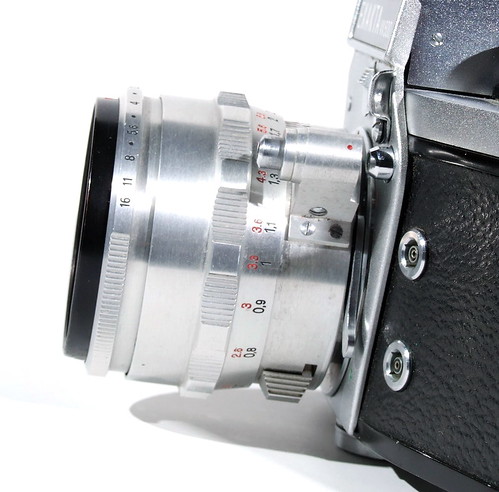Difference between revisions of "PAD"
m (wording tweak) |
m (in linked URL made pool human-readable) |
||
| Line 4: | Line 4: | ||
|image= http://farm5.static.flickr.com/4121/4896919417_35e8353bbd.jpg | |image= http://farm5.static.flickr.com/4121/4896919417_35e8353bbd.jpg | ||
|image_align= right | |image_align= right | ||
| − | |image_text= External diaphragm plunger ([http://www.flickr.com/photos/s-demir/4896919193/in/pool- | + | |image_text= External diaphragm plunger ([http://www.flickr.com/photos/s-demir/4896919193/in/pool-camerawiki see another view]) of 58mm f/2.0<br/>Jena Biotar, aligned with shutter release of Exakta VX500 |
|image_by= Süleyman Demir | |image_by= Süleyman Demir | ||
|image_rights= wp | |image_rights= wp | ||
Revision as of 22:34, 25 October 2011
Glossary Terms

|
| External diaphragm plunger (see another view) of 58mm f/2.0 Jena Biotar, aligned with shutter release of Exakta VX500 image by Süleyman Demir (Image rights) |
In reference to lenses, PAD means "pressure activated diaphragm." It is also known as APD for "automatic preset diaphragm." This was a mechanism seen in some 1950s lenses for Exakta, Miranda, and others, where a small arm protruding from the lens piggybacks overtop the shutter release on the front of a camera body. Finger pressure on its plunger closes down the lens diaphragm to the aperture selected on the f/stop ring, just before the shutter release is tripped.
With the 1959 appearance of the Nikon F and other Japanese cameras offering internally-coupled, instant-reopen diaphragms, the popularity of the PAD approach soon waned.